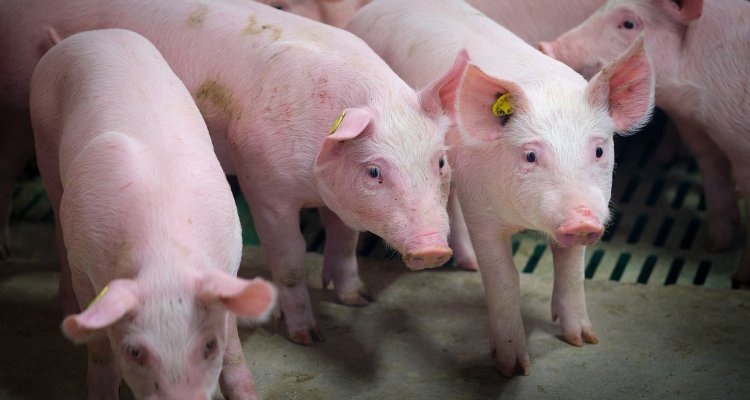
News
Significant methane reduction through daily slurry removal
A recent study conducted by Wageningen Livestock Research shows that daily slurry removal reduces methane emissions from finishing pigs, weaner pigs and lactating sows by some 90 per cent. This huge climate benefit enables the pig farm to take a critical stride towards climate neutrality. Combining daily slurry removal with other measures reduces emissions at the source. Reductions in ammonia and odour were also reported. Daily slurry removal benefits the environment, the air quality in the barn, and thus, the pigs’ well-being and health.
Towards climate neutral in 2050
To combat global warming, the Netherlands and Europe aim to become climate-neutral in 2050. Livestock farm emissions contribute to climate change, which is why the livestock sector in the Netherlands faces the task of reducing its emissions. Methane gas is one of the strongest greenhouse gases emitted by this sector, contributing some 20% to global warming. Methane gas is primarily released through manure in the pig farming sector, making daily slurry removal a possible solution to removing methane gas emissions.
90% less methane gas emissions
Wageningen Livestock Research collaborates with De Hoeve Innovatie within the Barn of the Future to test this and other measures. Daily slurry removal is a key part of this barn’s management system. The slurry is then used to produce sustainable energy in a biogas plant. As was expected, the methane emissions from manure are entirely removed, with only the emissions from the animals themselves remaining.
Ammonia reduction
Ammonia emissions were also reduced significantly: 54% for finishing pigs, 69% for weanlings and 51% for lactating sows. Odour emissions varied considerably and showed a reduction only in the case of finishing pigs by an average of 28%. Initially, the plan was to apply manure cooling and dilution to further reduce emissions. Since these methods have a negative sustainability impact due to their energy and water usage, they were not implemented. That caused the ammonia and odour reductions to be less than initially calculated. Moreover, the solid floor showed more pollution than originally expected by the end of the growing period.
Further development of the daily slurry removal system
In general, one may conclude that daily slurry removal and additional methods form a robust system to significantly reduce methane emissions. Focusing on the water channel in follow-up studies is recommended. This could lead to lower ammonia emissions from this channel with less water. Moreover, fully automating and standardising this slurry removal system and equipping it with continuous emission monitoring, as was done in this study, is recommended. Options to intervene in ammonia emissions must be considered. A follow-up project for finishing pigs and weanlings in which these recommendations have been implemented has started. The results of this project are expected in mid-2024.
The development and realisation of these innovative designs and several readings and measurements were funded by the province of Noord-Brabant as part of its target to develop an alternative to the air cleaning system. Most of the measurements and readings were subsidised by the Ministry of Agriculture, Nature and Food Quality, the Integrated Approach programme.